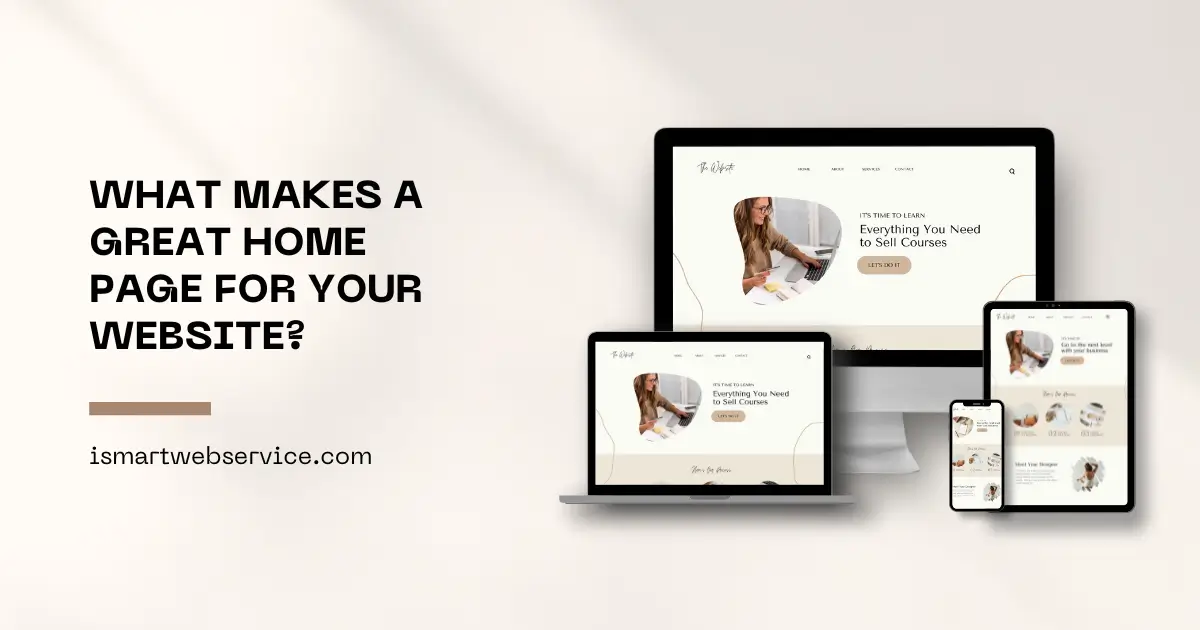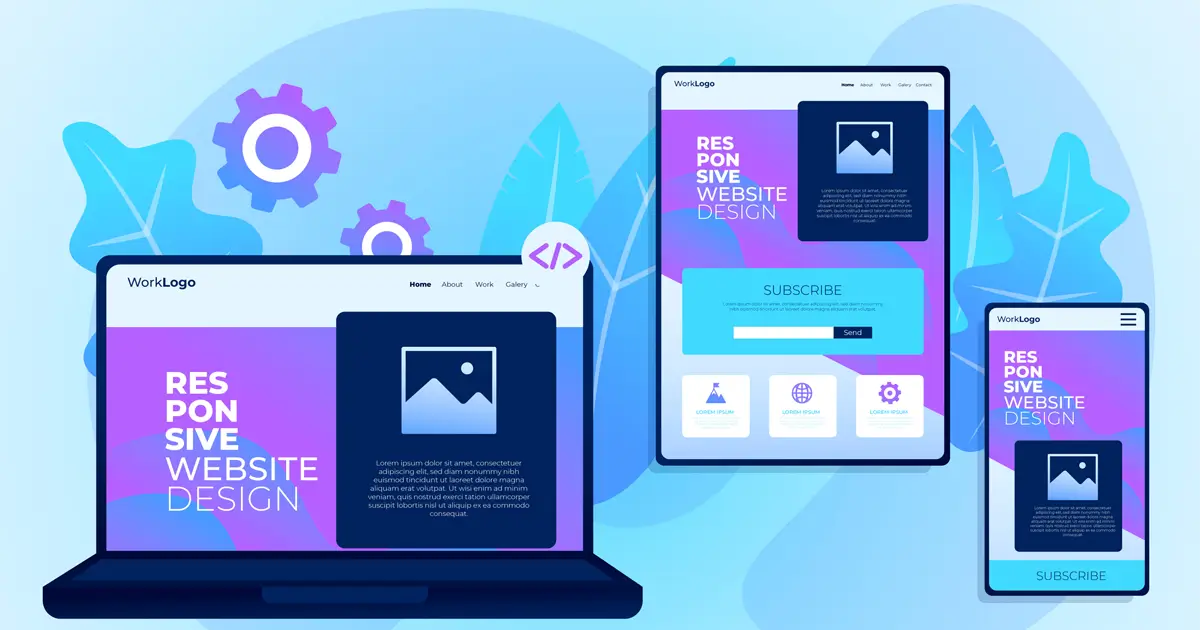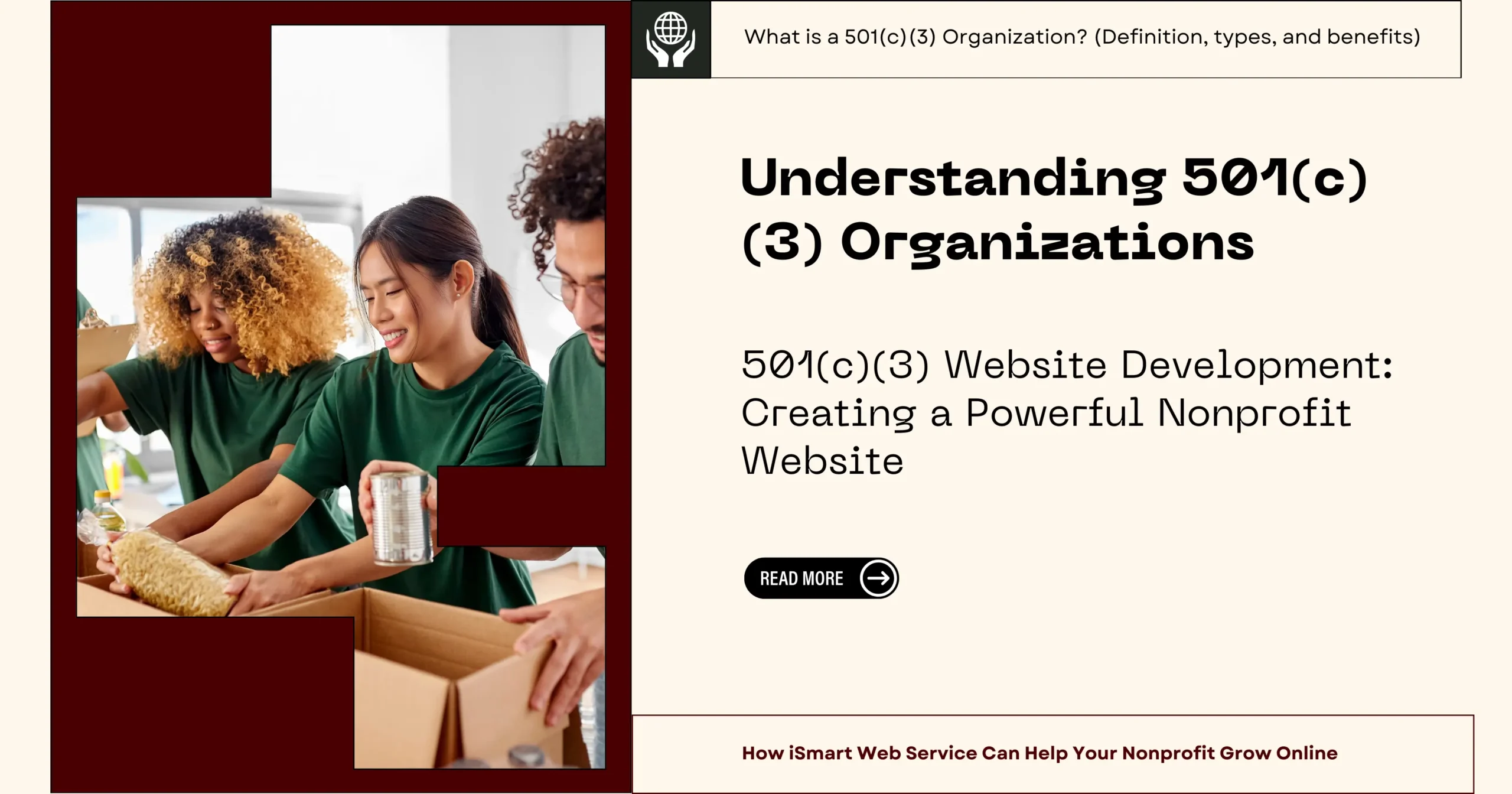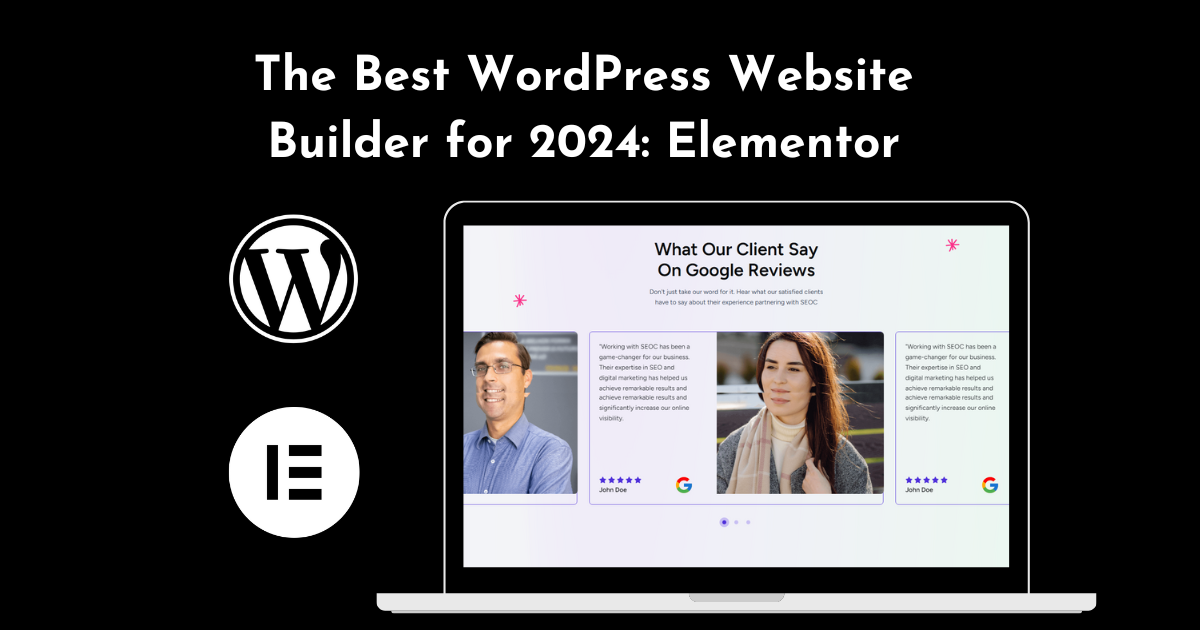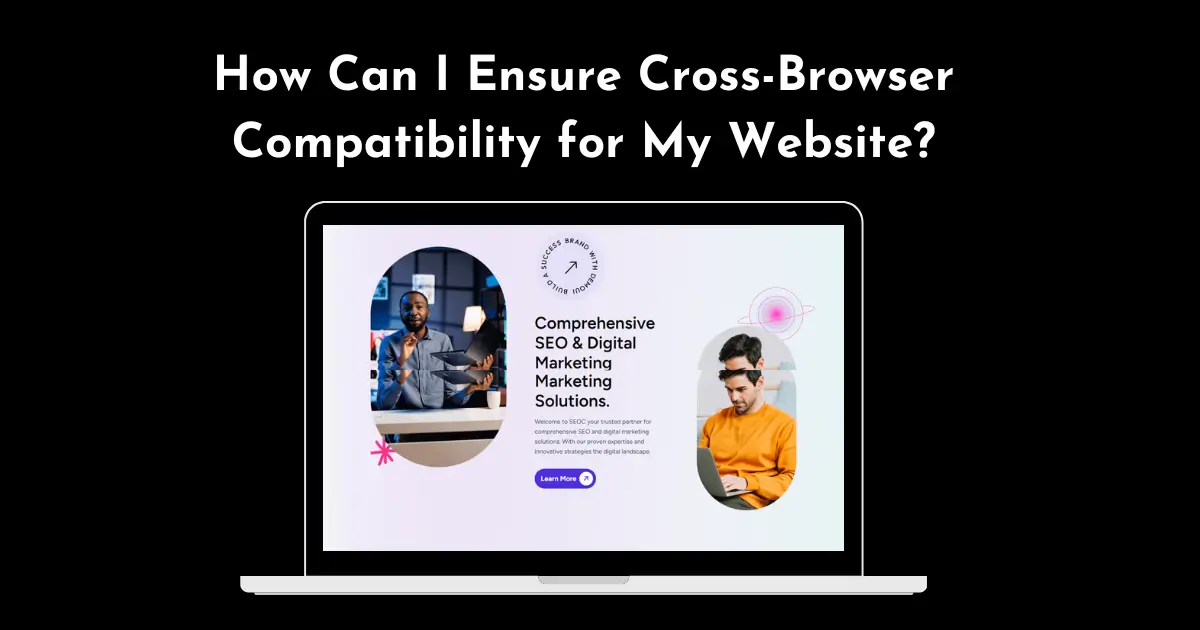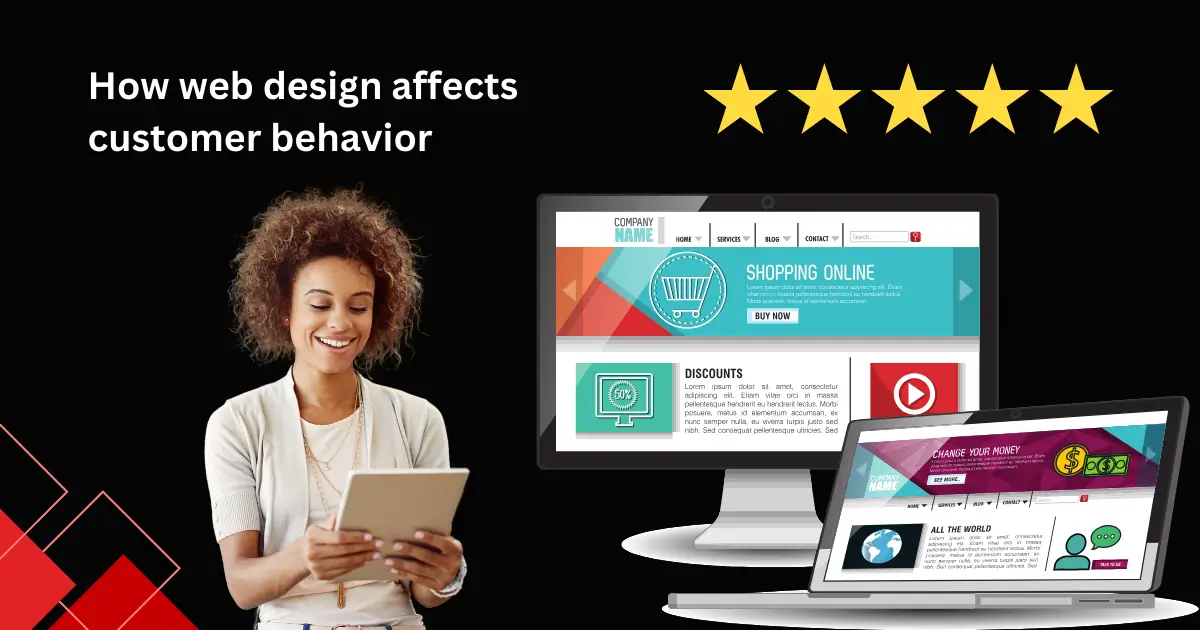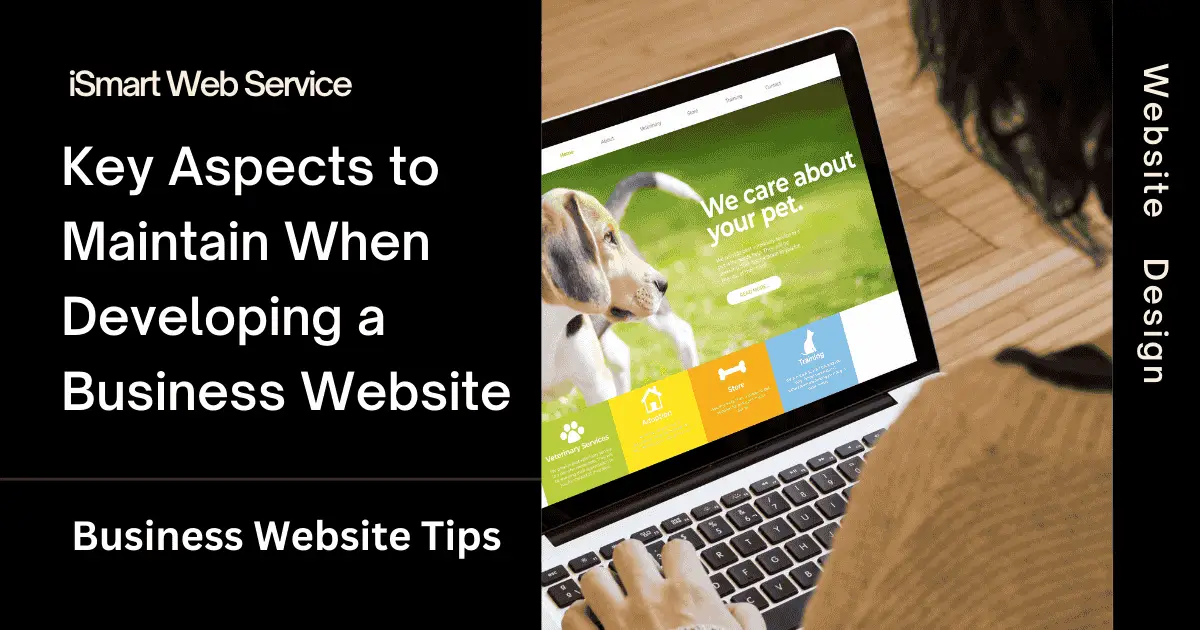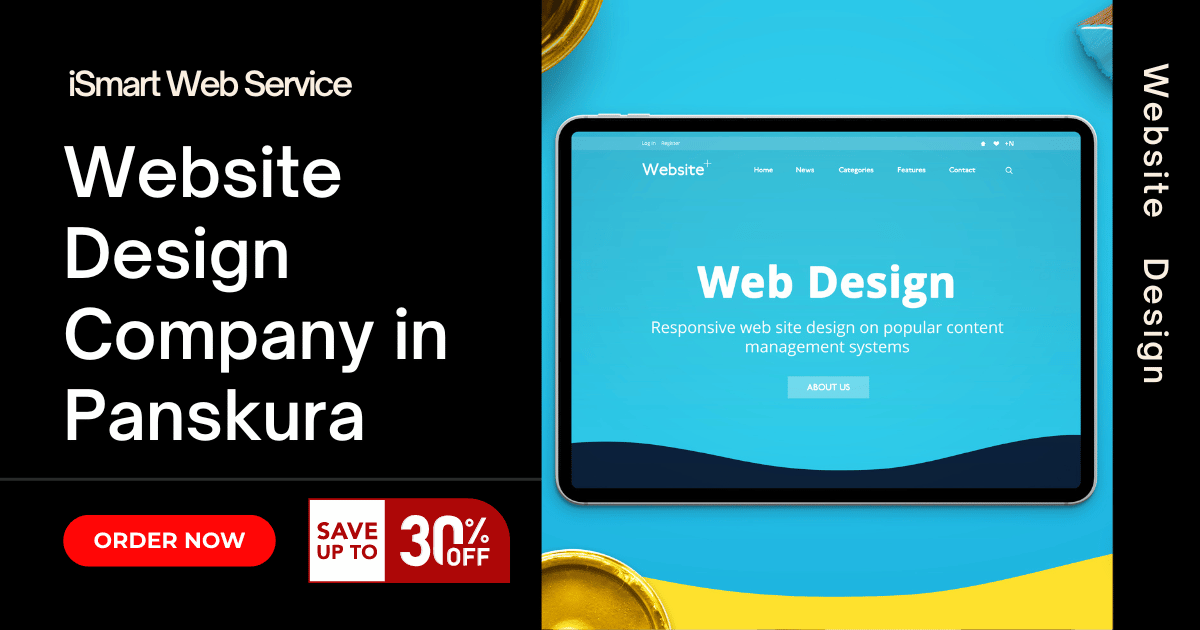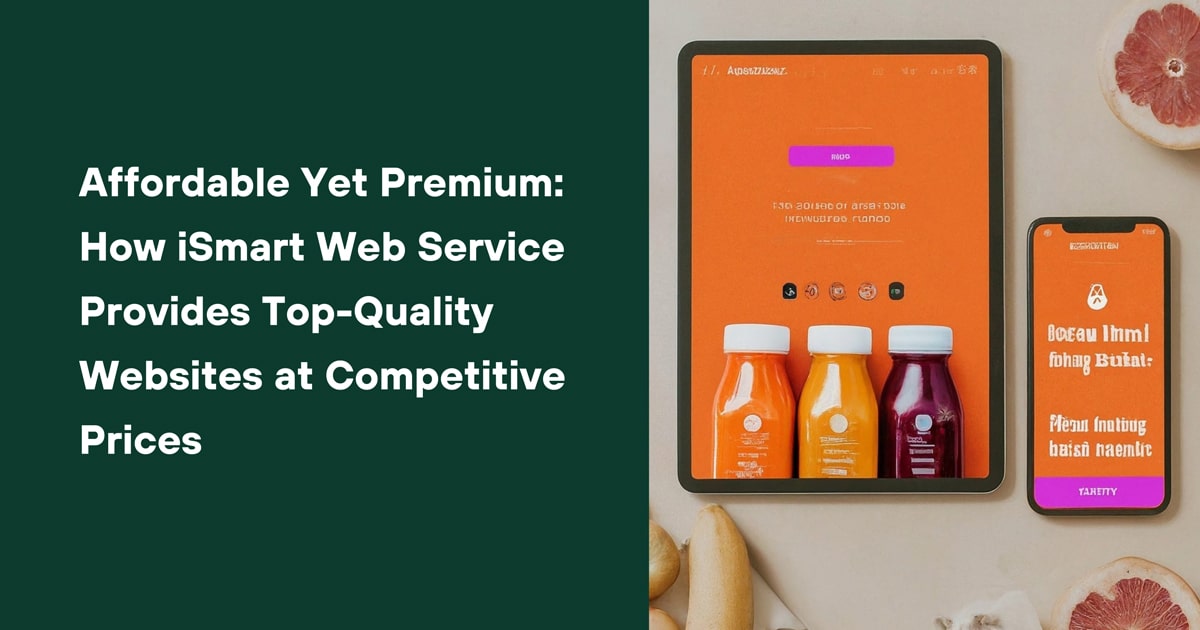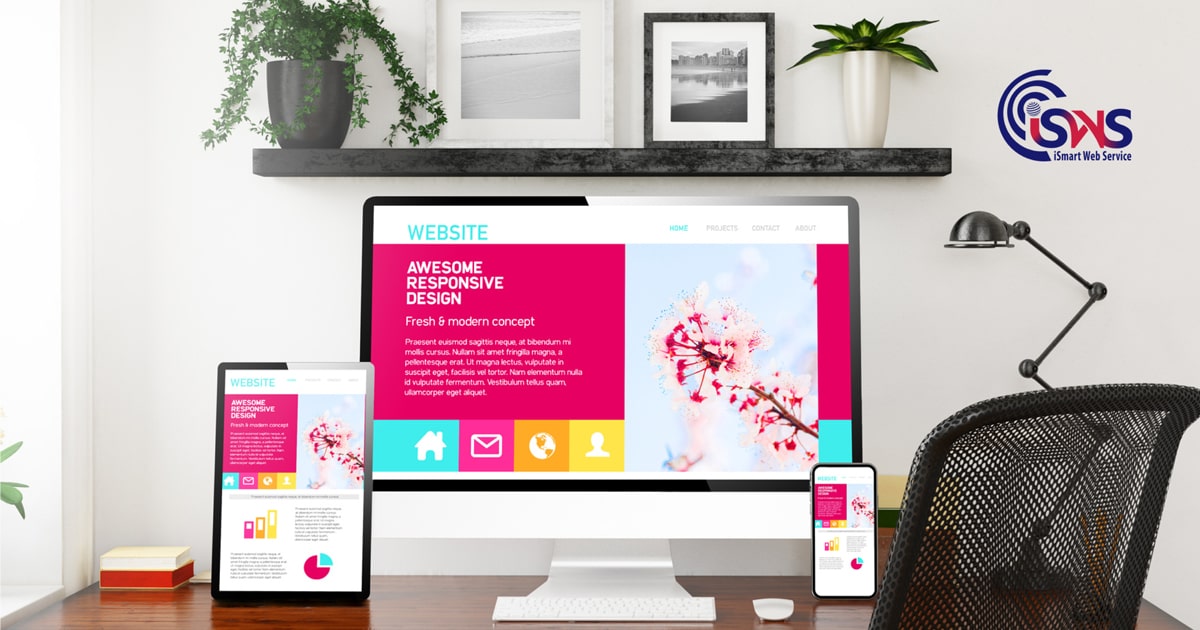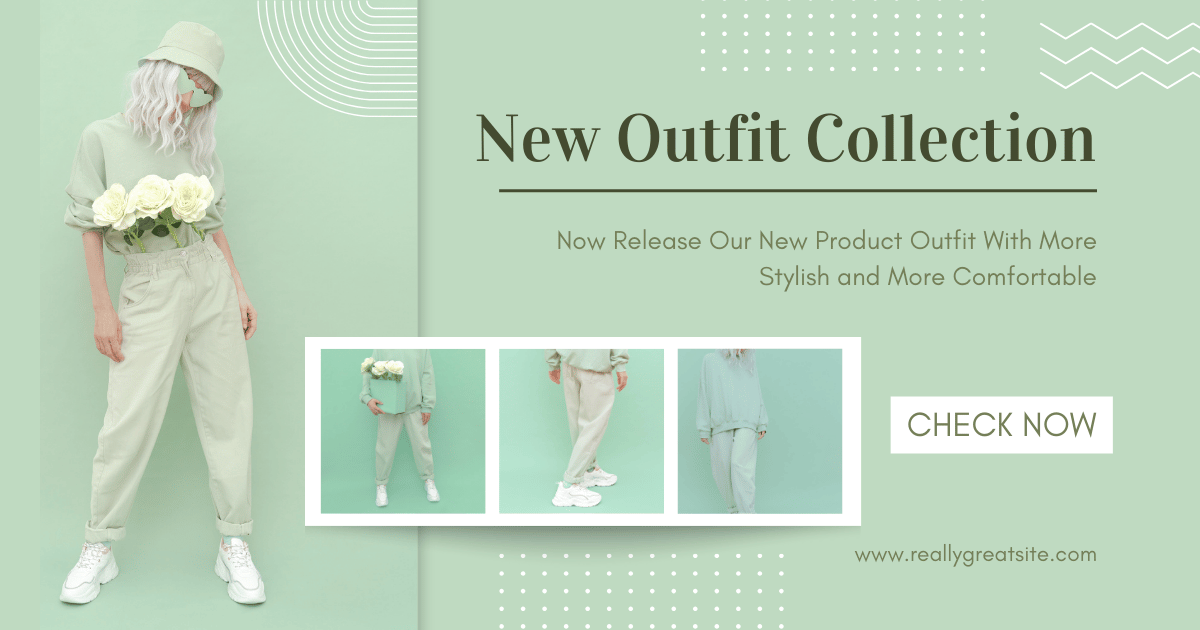
How Web Design Affects Customer Behavior: Tips for Maximizing Engagement
In today’s digital world, your website is often the first interaction customers have with your business. Web design is more than just visual appeal—it significantly impacts how visitors engage with your site and make decisions. If done right, web design can lead to higher engagement, better user experiences, and improved conversion rates. Let’s dive into how web design affects customer behavior and what you can do to maximize engagement.
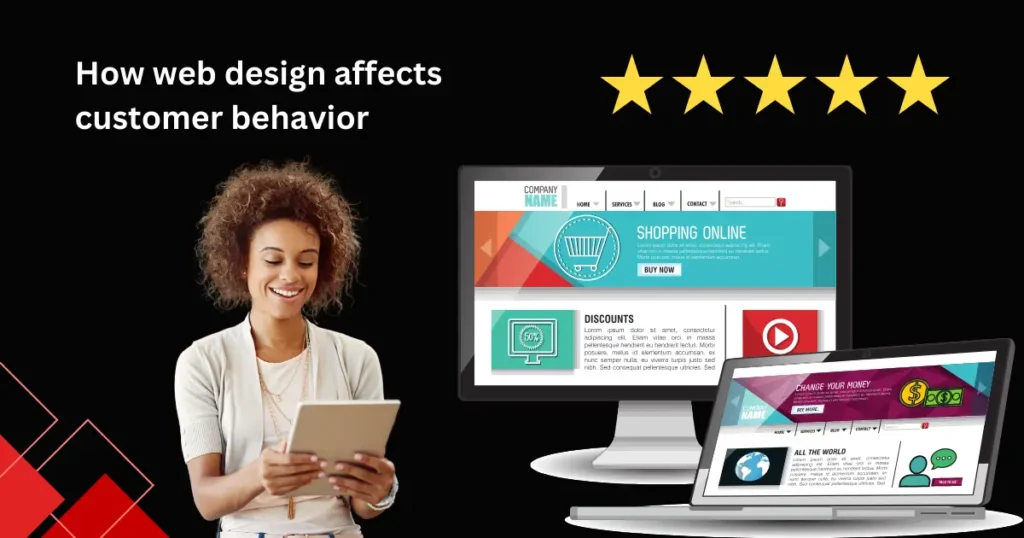
1. First Impressions Matter
The saying “you never get a second chance to make a first impression” holds true for websites. Visitors form an opinion about your site within seconds of landing on it, and that impression influences whether they stay or leave. If your site looks outdated, cluttered, or takes too long to load, users are likely to bounce.
Tips:
- Ensure your website loads quickly (within 2-3 seconds).
- Use a clean, modern design with consistent branding across all pages.
- Optimize for mobile devices to make a strong first impression on all platforms.
2. Navigation: Guiding Users with Ease
A well-structured website makes it easy for users to find what they’re looking for. Clear and intuitive navigation improves the user experience, encouraging visitors to explore more pages.
Tips:
- Use a logical, easy-to-understand menu structure.
- Keep your primary navigation simple, and avoid overcrowding it with too many links.
- Add a search bar to help users quickly locate specific content.
3. Mobile Responsiveness: Capturing the Mobile Audience
With more users browsing the web via smartphones, mobile-friendly design is essential. A non-responsive website frustrates mobile visitors, leading to higher bounce rates.
Tips:
- Use a responsive design that adapts to different screen sizes.
- Ensure buttons, forms, and navigation elements are easy to use on touchscreens.
- Test your website across multiple devices and browsers to guarantee a seamless experience.
4. Call-to-Action (CTA) Buttons: Driving User Actions
Call-to-action buttons are crucial for driving user actions, such as signing up for newsletters, purchasing products, or contacting your team. The design, placement, and messaging of CTAs influence how visitors engage with them.
Tips:
- Use action-oriented text like “Get Started” or “Contact Us Today.”
- Make CTAs stand out by using contrasting colors.
- Place CTAs in strategic locations, such as at the top of the page or after important content.
5. Visual Hierarchy: Directing Focus
A well-designed website guides the visitor’s attention, prioritizing what’s most important. Visual hierarchy involves using size, color, and spacing to highlight key content and guide users toward desired actions.
Tips:
- Use larger fonts for headings and important information.
- Create contrast with colors to emphasize buttons or offers.
- Use whitespace to separate sections, making content easier to digest.
6. Trust Signals: Building Credibility
A visually appealing website can help build trust, but it’s the additional elements, like testimonials, case studies, and trust signals, that solidify credibility. Visitors are more likely to engage with a website that seems legitimate and professional.
Tips:
- Display client logos, reviews, or testimonials prominently on your homepage.
- Use security badges (SSL certificates, payment security) for e-commerce websites.
- Ensure your contact information is easily accessible and up-to-date.
7. Engaging Visuals: Enhancing User Experience
Visual content, such as images and videos, not only grabs attention but also helps convey complex information quickly. Visitors are more likely to engage with visually engaging content.
Tips:
- Use high-quality images and videos relevant to your content.
- Include explainer videos or tutorials to increase user understanding.
- Ensure images and videos load quickly by optimizing file sizes.
8. Website Load Time: Faster is Better
No one likes waiting for a slow website. Page speed is a critical factor in user engagement, and slow websites drive visitors away. According to Google, if a page takes more than 3 seconds to load, over half of the visitors are likely to leave.
Tips:
- Optimize images by compressing them without losing quality.
- Use browser caching and minimize the number of redirects on your site.
- Choose a reliable web hosting provider to improve overall site performance.
9. User-Focused Content: Keeping Visitors Engaged
While design plays a big role, the content on your site is just as important. Visitors come to your site for information, and your design should make that content easy to read and engage with.
Tips:
- Break up text with bullet points, headings, and short paragraphs.
- Use consistent typography and colors to improve readability.
- Ensure that content addresses user needs and answers key questions.
Conclusion
Web design is a powerful tool that shapes how users perceive and interact with your site. By focusing on clear navigation, mobile responsiveness, fast loading times, and trust-building elements, you can create a website that not only attracts visitors but also encourages them to stay, engage, and convert. Implement these tips, and you’ll be well on your way to maximizing user engagement and growing your business.




